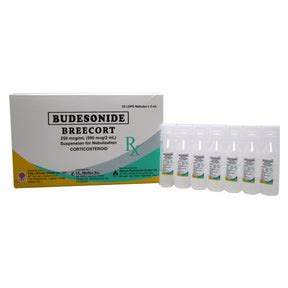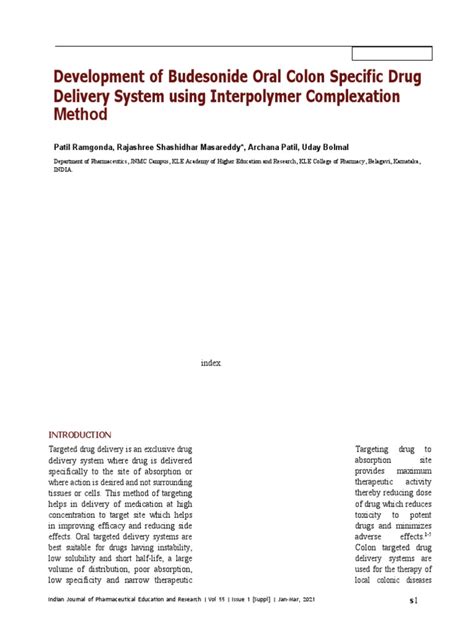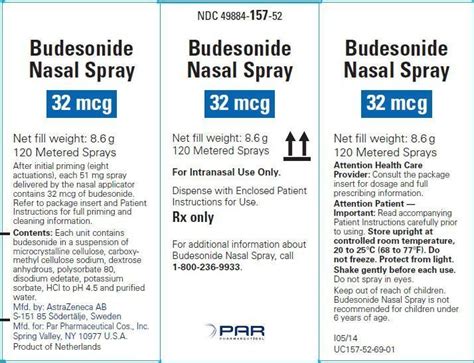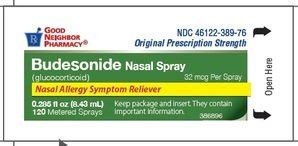Intro
The importance of understanding budesonide brand name options cannot be overstated, especially for individuals who rely on this medication for their health and wellbeing. Budesonide is a corticosteroid used to treat various conditions, including asthma, chronic obstructive pulmonary disease (COPD), and inflammatory bowel diseases such as Crohn's disease and ulcerative colitis. With numerous brand names available, it can be challenging for patients to navigate the market and find the most suitable option. This article aims to provide a comprehensive overview of budesonide brand name options, their differences, and what patients should consider when choosing a medication.
For patients, the choice of medication can significantly impact their quality of life. Budesonide, in particular, has been shown to be effective in managing symptoms and preventing exacerbations of respiratory diseases. However, the wide range of brand name options can be confusing, and patients may struggle to understand the differences between them. Furthermore, factors such as cost, availability, and insurance coverage can also influence the decision-making process. By exploring the various budesonide brand name options, patients can make informed decisions about their treatment and work closely with their healthcare providers to find the best solution for their needs.
The pharmaceutical industry is constantly evolving, with new medications and formulations being developed regularly. Budesonide is no exception, with several brand name options available, each with its unique characteristics, advantages, and disadvantages. Patients and healthcare providers must stay up-to-date with the latest developments and research to ensure that they are making the most informed decisions possible. This includes understanding the different delivery methods, such as inhalers, nasal sprays, and oral formulations, as well as the various dosages and treatment regimens. By doing so, patients can optimize their treatment outcomes and minimize potential side effects.
Budesonide Brand Name Options Overview

Budesonide is marketed under several brand names, including Pulmicort, Entocort, and Symbicort, among others. Each brand name option has its own unique features, such as different delivery methods, dosages, and formulations. For example, Pulmicort is available as an inhalation suspension, while Entocort is an oral controlled-release capsule. Symbicort, on the other hand, is a combination medication that contains both budesonide and formoterol, a long-acting beta2-agonist (LABA). Understanding these differences is crucial for patients to make informed decisions about their treatment.
Key Differences Between Brand Name Options
The main differences between budesonide brand name options lie in their delivery methods, dosages, and formulations. Some brand names, such as Pulmicort, are designed for inhalation, while others, like Entocort, are taken orally. The dosage and treatment regimen can also vary significantly between brand names. For instance, Symbicort is typically prescribed for twice-daily use, while Pulmicort may be prescribed for once-daily or twice-daily use, depending on the patient's condition and response to treatment.Budesonide Delivery Methods

Budesonide is available in various delivery methods, including inhalers, nasal sprays, and oral formulations. Inhalers, such as Pulmicort, are designed for patients with respiratory diseases, such as asthma and COPD. Nasal sprays, on the other hand, are typically used for allergic rhinitis and other nasal conditions. Oral formulations, like Entocort, are used for inflammatory bowel diseases, such as Crohn's disease and ulcerative colitis.
Inhalation Therapy
Inhalation therapy is a common delivery method for budesonide, particularly for patients with respiratory diseases. Inhalers, such as Pulmicort, work by delivering the medication directly to the lungs, where it can help to reduce inflammation and prevent exacerbations. There are several types of inhalers available, including metered-dose inhalers (MDIs), dry powder inhalers (DPIs), and nebulizers. Each type of inhaler has its own unique characteristics and advantages, and patients should work closely with their healthcare providers to determine the most suitable option for their needs.Budesonide Dosage and Treatment Regimen

The dosage and treatment regimen for budesonide can vary significantly depending on the brand name option, delivery method, and patient's condition. For example, Pulmicort is typically prescribed for twice-daily use, with a recommended dosage of 1-4 puffs per inhalation. Entocort, on the other hand, is usually prescribed for once-daily use, with a recommended dosage of 9 mg per day. Symbicort, which contains both budesonide and formoterol, is typically prescribed for twice-daily use, with a recommended dosage of 2-4 puffs per inhalation.
Factors Affecting Dosage and Treatment Regimen
Several factors can affect the dosage and treatment regimen for budesonide, including the patient's age, weight, and medical history. For example, pediatric patients may require lower dosages and more frequent monitoring, while elderly patients may require dose adjustments due to age-related changes in renal function. Additionally, patients with certain medical conditions, such as liver disease or diabetes, may require closer monitoring and dose adjustments.Benefits and Side Effects of Budesonide

Budesonide has several benefits, including its ability to reduce inflammation and prevent exacerbations of respiratory diseases. It is also effective in managing symptoms of inflammatory bowel diseases, such as Crohn's disease and ulcerative colitis. However, like all medications, budesonide can cause side effects, including oral thrush, hoarseness, and cough. In rare cases, it can also cause more serious side effects, such as adrenal suppression and osteoporosis.
Common Side Effects of Budesonide
The most common side effects of budesonide include: * Oral thrush * Hoarseness * Cough * Headache * Nausea and vomiting * Diarrhea * Abdominal painBudesonide Brand Name Options Comparison

When comparing budesonide brand name options, patients should consider several factors, including the delivery method, dosage, and formulation. They should also take into account their medical history, age, and weight, as well as any potential interactions with other medications. Additionally, patients should discuss their treatment options with their healthcare provider and consider factors such as cost, availability, and insurance coverage.
Key Considerations for Patients
When choosing a budesonide brand name option, patients should consider the following factors: * Delivery method: Inhaler, nasal spray, or oral formulation * Dosage: Recommended dosage and treatment regimen * Formulation: Type of medication and inactive ingredients * Medical history: Presence of underlying medical conditions, such as liver disease or diabetes * Age and weight: Pediatric or elderly patients may require dose adjustments * Cost and availability: Insurance coverage and out-of-pocket expensesConclusion and Final Thoughts

In conclusion, budesonide brand name options can be confusing, but by understanding the differences between them, patients can make informed decisions about their treatment. It is essential to consider factors such as delivery method, dosage, and formulation, as well as medical history, age, and weight. By working closely with their healthcare provider, patients can find the most suitable budesonide brand name option for their needs and optimize their treatment outcomes.
We invite you to share your thoughts and experiences with budesonide brand name options in the comments section below. Have you tried any of the brand name options mentioned in this article? What were your experiences, and what factors did you consider when choosing a medication? Your feedback and insights can help others make informed decisions about their treatment.
What is budesonide used for?
+Budesonide is a corticosteroid used to treat various conditions, including asthma, chronic obstructive pulmonary disease (COPD), and inflammatory bowel diseases such as Crohn's disease and ulcerative colitis.
What are the common side effects of budesonide?
+The most common side effects of budesonide include oral thrush, hoarseness, cough, headache, nausea and vomiting, diarrhea, and abdominal pain.
How do I choose the right budesonide brand name option for my needs?
+When choosing a budesonide brand name option, consider factors such as delivery method, dosage, and formulation, as well as your medical history, age, and weight. Discuss your treatment options with your healthcare provider and consider factors such as cost, availability, and insurance coverage.
